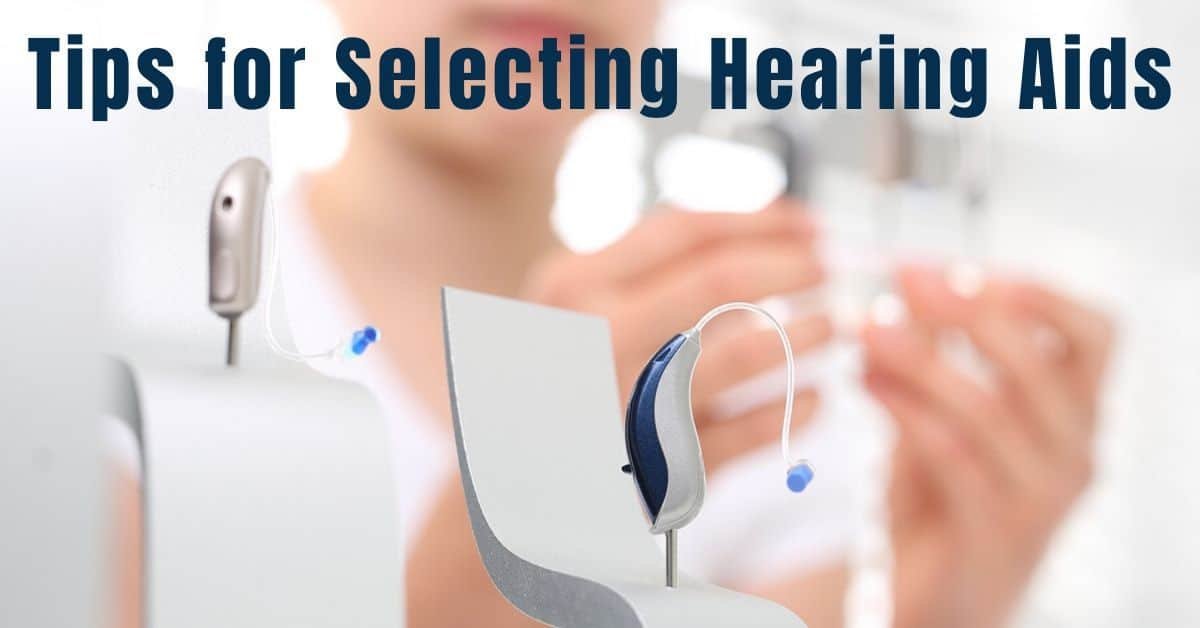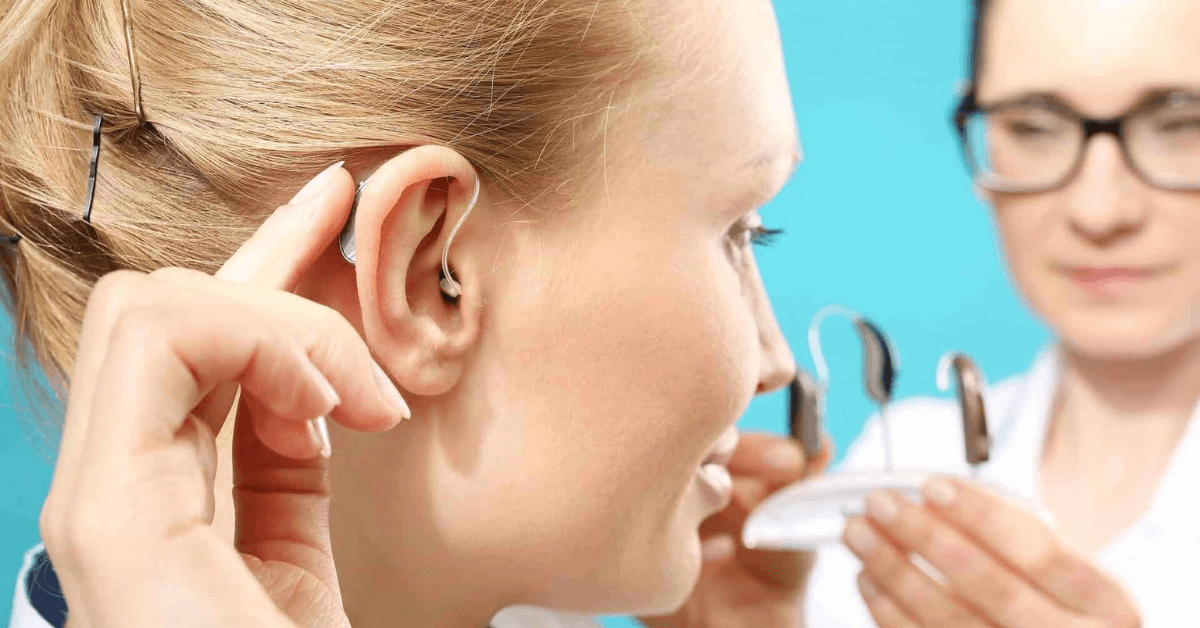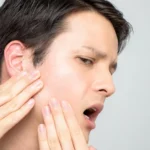Hearing Aid Fitting: Tips from Experts for Optimal Results
This article delves into the complete process of listening to aid in becoming, highlighting its importance for those experiencing hearing loss. It starts with expertise of various varieties of listening to loss and their signs and symptoms, observed with the aid of a detailed study of various listening to useful resource sorts, consisting of the back of the ear (BTE), in-the-ear (ITE), and in-the-canal (ITC) fashions. The article outlines the precise process, from initial consultation and hearing assessment to choosing and customizing the proper listening resource. It emphasizes the significance of the right shape for comfort and sound quality and explores modern hearing resource generation, care, and upkeep.
Introduction of Hearing Aid Fitting
Hearing loss may be daunting, but fortunately, hearing aids provide a lifeline to better sound and communication. Becoming a hearing aid is not just about plugging in a tool; it is a comprehensive adventure that ensures comfort, the most useful performance, and a tailored experience for every character. Let’s dive into the arena of listening to resource becoming and discover why it’s this type of crucial step for absolutely everyone experiencing listening to loss.
Understanding Hearing Loss
Types of Hearing Loss
Hearing loss can occur in one-of-a-kind paperwork, which is by and large categorized into three kinds:
- Conductive hearing loss: occurs when sound waves cannot reach the internal ear because of blockages or harm inside the outer or middle ear. Common reasons include ear infections, central ear fluid, or earwax buildup.
- Sensorineural Hearing Loss: This kind entails damage to the inner ear or auditory nerve and is regularly permanent. Causes range from getting old and publicity to loud noise, genetic factors, and certain medicines.
- Mixed Hearing Loss: As the call shows, it is a combination of conductive and sensorineural hearing loss.
Symptoms and Diagnosis
Recognizing hearing loss early can appreciably enhance the quality of life. Common symptoms consist of:
- Difficult information conversations, especially in noisy environments.
- Frequently asking others to repeat themselves.
- Turning up the volume on the TV or radio excessively.
Diagnosis commonly involves a visit to an audiologist, who will conduct a sequence of checks to determine the type and severity of listening loss. These checks may consist of pure-tone audiometry, speech audiometry, and tympanometry, amongst others.

Types of Hearing Aids
Choosing the proper listening resource depends on the person’s hearing loss type, lifestyle, and private preferences. Here are the principal types of listening aids:
Behind-the-Ear (BTE)
- Features: BTE hearing aids sit behind the ear and are related to a custom ear mildew within the ear canal. They are appropriate for every age and most sorts of listening to loss.
- Advantages: durability, ease of dealing with, and functionality to house greater capabilities and electricity.
In-the-Ear (ITE)
- Features: ITE aids are custom-made to match the outer ear. They are larger than in-the-canal models and may house more additives.
- Advantages: suitable for slight to excessive listening loss; less complicated to address than smaller devices.
In-the-Canal (ITC) and Completely-in-Canal (CIC)
- Features: ITC and CIC listening aids are even smaller and in shape, partly or absolutely within the ear canal.
- Advantages: less visible, appropriate for mild to fairly intense hearing loss, and extra natural sound quality due to positioning.
The Hearing Aid Fitting Process
Initial Consultation
The journey begins with an initial consultation with an audiologist. During this go-to, you may talk about your hearing concerns, clinical history, and lifestyle desires. This step is important for understanding your unique listening requirements.
Hearing Evaluation
A comprehensive hearing evaluation follows, regarding various exams to determine the nature and volume of listening to loss. The effects guide the audiologist in recommending the most suitable hearing resource.
Selecting the Right Hearing Aid Fitting
Based on the evaluation, the audiologist will tailor gift options to your wishes. Factors like the degree of listening to loss, ear anatomy, and personal options will have an impact on the selection.
Customizing Hearing Aids
Ear Molds and Impressions
For hearing aids requiring a custom fit, ear molds or impressions are made. This includes taking an in-depth look at your ear canal to make sure it is perfect and healthy, improving comfort and sound quality.
Programming and Adjustments
Once the hearing resource is ready, it undergoes programming to fit your unique hearing loss profile. The audiologist adjusts the settings to optimize overall performance, ensuring you hear sounds certainly and evidently.

Importance of a Proper Fit
Comfort and Wearability
A well-fitted hearing aid needs to feel snug and be easy to put on at some stage in the day. Any discomfort can discourage steady use; that’s why customization is fundamental.
Sound Quality and Performance
Proper fitting immediately influences sound quality. A comfortable fit prevents remarks and whistling, and at the same time, specific programming ensures you pay attention to speech and environmental sounds without a doubt.
Technology in Hearing Aids
Digital vs. Analog
Modern listening aids are predominantly digital, presenting superior sound excellence and customization in comparison to older analog fashions. Digital aids can make sounds in real-time, adapting to unique environments seamlessly.
Features and Enhancements
Today’s listening aids come with a plethora of functions, including:
- Noise Reduction: Helps lessen background noise, improving speech clarity.
- Directional Microphones: Focus on sounds coming from a specific direction.
- Connectivity: The Bluetooth era allows direct streaming from gadgets like phones and TVs.
- Rechargeable Batteries: Eliminates the hassle of common battery modifications.
Caring for Your Hearing Aid
Cleaning and Maintenance
Regular cleansing and renovation are critical for the durability of your access to useful resources. This includes:
- Daily Cleaning: Wipe down the device to put off earwax and particles.
- Regular check-ups: Visit your audiologist for professional cleansing and changes.
Battery Life and Replacement
Most modern-day listening aids use rechargeable batteries, but some nonetheless rely on disposable ones. Knowing how to update or recharge batteries is vital to avoiding interruptions in usage.
Troubleshooting Common Issues of Hearing Aid Fitting
Feedback and Whistling
Feedback, a high-pitched whistling sound, can be disturbing. It often results from a negative match or earwax buildup. Regular renovation and proper maintenance can minimize this trouble.
Connectivity Problems
For hearing aids with Bluetooth connectivity, occasional connectivity problems could arise. Ensuring your devices are completely charged and within range can help maintain a strong connection.
The Role of the Audiologist
Continuous Support and Follow-ups
An audiologist provides ongoing help, ensuring your listening to useful resources keeps satisfying your wishes. Regular observations are critical for making vital modifications and addressing any issues.
Adjustments and Fine-Tuning
Your listening to wishes can also change over time, requiring modifications to your listening to resources. The audiologist can fine-tune music settings to ensure premier performance during the lifespan of the device.
Real-Life Experiences
Testimonials from Users
Hearing aids have transformed infinite lives. Here are a few testimonials:
- “I never found out how much I was missing until I got my hearing aids. It’s like a whole new global of sound.”
- “The procedure became clean, and my audiologist became incredibly supportive.”
Case Studies
Case research highlights the effect of right hearing as a useful resource, becoming:
- John’s Story: After struggling with hearing loss for years, John sooner or later sought assistance. The manner becomes a sport-changer, permitting him to interact completely in social sports again.
Cost and Insurance of Hearing Aid Fitting
Understanding the Investment
Hearing aids are a sizable investment, but they provide vast blessings. Prices vary based totally on the type and features, ranging from some hundred to several thousand bucks.
Insurance Coverage and Financial Aid
Many insurance plans cover a portion of the fee for hearing aids. It’s critical to check with your provider and discover monetary aid alternatives if needed.
Overcoming Stigma
Social Acceptance of Hearing Aids
Hearing aids are becoming more socially ordinary, thanks to advancements in generation and layout. They are seen as crucial devices, just like glasses for imaginative and prescient correction.
Encouraging Early Adoption
Encouraging early adoption can save you from further deterioration in listening to and enhancing the universal best of life. Open conversations and fine testimonials can help lessen stigma.

Future of Hearing Aids
Innovations in Technology
The future of hearing aids seems promising, with ongoing improvements including:
- Artificial Intelligence: Enhancing sound processing and personalization.
- Health Monitoring: Integrating health monitoring capabilities like heart charge monitoring.
Trends in Hearing Aid Development
Trends indicate a move closer to more discreet, effective, and consumer-pleasant devices. The recognition is in making listening aids more handy and powerful for users of every age.
Conclusion
The adventure of fitting a listening aid is more than simply acquiring a device; it’s approximately transforming lives. From understanding hearing loss to customizing an appropriate fit and embracing the advanced generations, each step is essential for success to be enjoyed. If you or a loved one are considering hearing aids, take the plunge and discuss them with an audiologist. Your ears and your excellent existence will thank you.
FAQ’s ON Hearing Aid Fitting
What must I count on at some point to listen to useful resource fitting?
During a listening-to-aid fitting, count on an intensive hearing evaluation, discussion of your wishes, and choice of the most suitable listening resource. The audiologist will customize the tool to ensure a snug match and the greatest overall performance.
How regularly should listening aids be adjusted?
Hearing aids should be adjusted on every occasion if there are modifications to your listening capacity or if you enjoy discomfort. Regularly observing the United States of America with your audiologist, generally, every six months can help hold a pleasant performance.
Can I sleep with my listening aids on?
It’s normally not advocated to sleep along with your listening aids, as it may cause discomfort and capability damage to the tool. It’s best to put them off before bedtime and follow proper cleansing and garage processes.
Are there hearing aids mainly designed for kids?
Yes, there are hearing aids particularly designed for youngsters. These gadgets are more robust, less difficult to deal with, and are available in designs that accommodate an infant’s active way of life.
How do I understand if my hearing aids need repair?
If your hearing aids are not functioning nicely, are generating comments, or you see an extensive change in sound quality, they may need repair. Consult your audiologist for an expert evaluation and necessary maintenance.
MY OPINION ABOUT Hearing Aid Fitting
In my opinion, the method of fitting listening to aids is pretty essential and often underestimated. A proper fit no longer only ensures consolation but also drastically enhances sound satisfaction and the overall consumer experience. The improvements in hearing resource generation, together with virtual processing and Bluetooth connectivity, have made those devices more powerful and user-friendly than ever before. It’s heartening to look at how these devices can remodel lives, permitting human beings to reconnect with their environment and loved ones. Overcoming the stigma associated with hearing aids and encouraging early adoption is critical for improving the quality of lifestyles for those with hearing loss.
DISCLAIMER ABOUT Hearing Aid Fitting
The information furnished in this article is for academic purposes and needs to no longer be taken into consideration in professional clinical recommendations. Always seek advice from a certified healthcare provider or audiologist for personalized guidelines and treatments associated with listening to loss and listening to aid fitting. Individual experiences and needs might also vary, and expert guidance is vital for top-of-the-line consequences.







